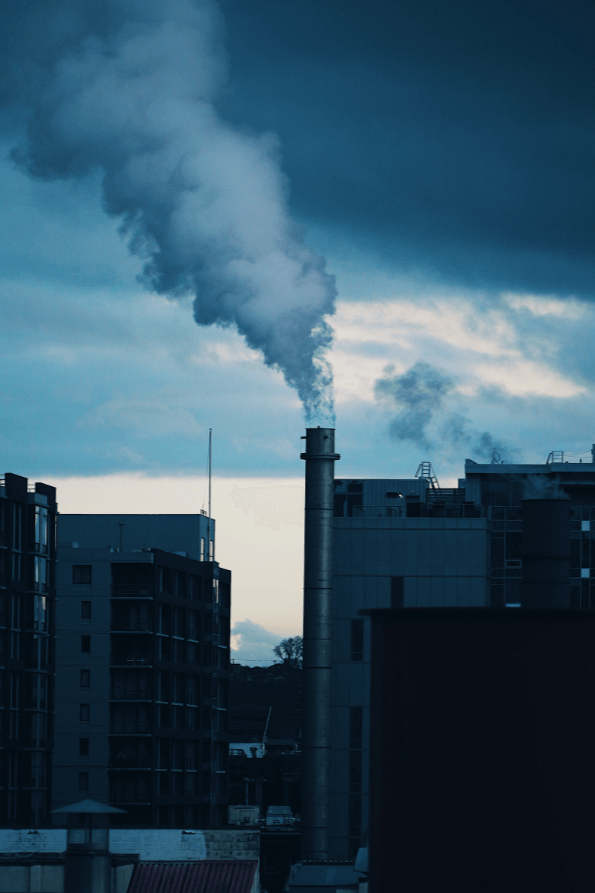On October 1, the European Union (EU) initiated the first phase of the Carbon Border Adjustment Mechanism (CBAM), the world’s inaugural system for imposing CO2 emissions tariffs on various imported goods like steel and cement. The objective is to prevent environmentally harmful foreign products from undermining the EU’s green transition. Despite concerns from trading partners, the EU will not start collecting CO2 emission charges at the border until 2026. During the initial phase, EU importers are required to report the greenhouse gas emissions associated with imported products, and from 2026 onward, they must purchase certificates to offset these emissions. The goal is to promote global adoption of eco-friendly production practices, discourage European manufacturers from relocating to countries with lower environmental standards, and ensure fair competition with foreign counterparts. The CBAM aligns with World Trade Organization rules, treating domestic and foreign firms equally. European officials emphasize that it is not a trade protection measure but rather a means to safeguard the EU’s climate goals and encourage higher climate ambition globally. The initial phase will assess the CBAM’s effectiveness in preventing industrial production shifts to countries with less stringent climate policies. Key trade partners like China, Turkey, and the United States have not provided official comments on the launch.
